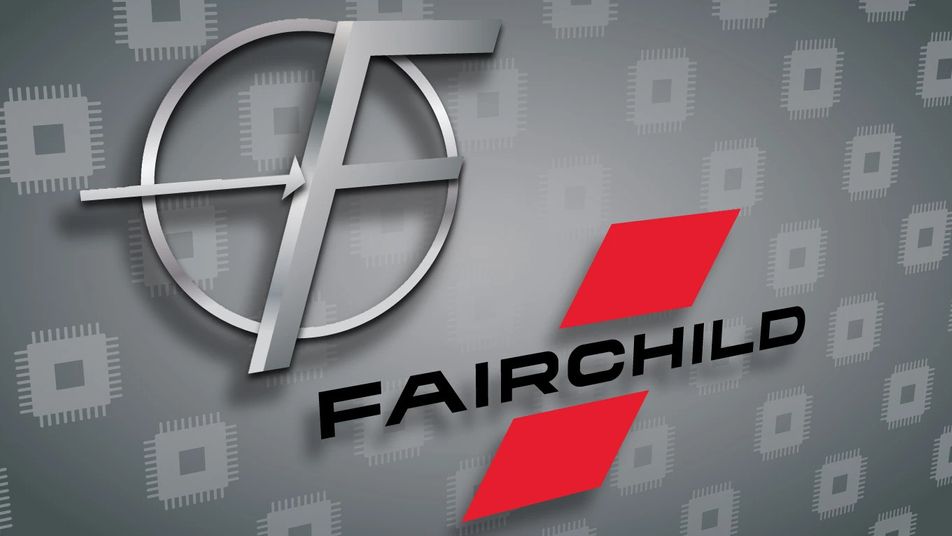Fairchild Semiconductor is currently a part of ON Semiconductor and has a long history of being a semiconductor industry pioneer. The company specialises in researching and manufacturing a full range of low to high-power technologies for the cellular, industrial, automotive, cloud, lighting, and computer industries.
About The Company
American semiconductor manufacturer Fairchild Semiconductor has its headquarters in California. It was a pioneer in producing transistors and integrated circuits after being established in 1957 as a Fairchild Camera and Instrument unit. Schlumberger acquired the business in 1979 and subsequently sold it to National Semiconductor. Fairchild was once more spun off as a separate company in 1997. In 2016, the company was purchased by ON Semiconductor.

History
Fairchild Semiconductor International was established in 1957 as one of the first companies to develop integrated circuits and transistors effectively. Its research and production centres were spread across the United States and Asia. When eight engineers from the California-based Shockley Semiconductor Laboratory collectively left in 1957 over founder and transistor inventor William Shockley’s management style, Fairchild Camera and Instrument Corporation considered going into the semiconductor market. The group, known by Shockley as the “traitorous eight,” introduced themselves to Fairchild under the leadership of Gordon Moore and Robert Noyce. As a stake in the project, each of these eight engineers agreed to invest $500 of his own money. Each of the eight received $250,000 when they subsequently sold their holdings to Fairchild. The company’s first product was silicon-based transistors for military and industrial applications. Jean Hoerni, an engineer, realised that the product contamination could be lessened by putting a silicon-oxide coating. Noyce advanced Hoerni’s progress. Noyce developed the process for creating an integrated circuit. Although Fairchild submitted a patent application for this planar technique in 1959, the firms fought in the courts until a split ruling was reached ten years later. During this time, Fairchild cross-licensed the integrated circuit patents with the co-inventor Texas Instruments.
In contrast to Texas Instruments, Robert Noyce did not employ military money to create the business’s original manufacturing processes. At the cost of $120 per chip, Fairchild introduced the integrated circuit (IC) to the market in 1961. But at that time, any electronics company could build identical circuits for much less money by wiring high-end transistors together. For a customer to purchase ICs, there had to be a severe space restriction. Interestingly for Fairchild, the IC provided a solution to a similar issue that the American space programme faced. Around one million silicon chips had been acquired by the Apollo programme alone by 1969, with a sizable portion coming from Fairchild.
Acquisition
When Noyce and Moore left Fairchild Semiconductor in 1968 to establish Intel Corporation, dozens of new electronics businesses, such as Advanced Micro Devices, National Semiconductor Corporation, and LSI Logic Corporation, had already been established in the area, which is now referred to as Silicon Valley. Fairchild-related businesses were commonly called Fairchildren. By the late 1970s, Fairchild had lost its ability to rival the Fairchildren. The company and its former name were acquired by Schlumberger Limited in 1979, a French business best recognised for providing services and equipment to the oil industry. After less than ten years, Schlumberger tried to sell the company to the Japanese company Fujitsu Limited. After the USA government blocked the transaction, National Semiconductor bought Fairchild in 1987 but failed to make a profit from it either. Fairchild was separated from National in 1996 and established as a separate company with its headquarters in South Portland, Maine, where it had been running the semiconductor fabrication facility with the longest continuous operation in the world. Additionally, Fairchild produced integrated circuits(IC) for consumer technology in South Korea, Utah, and California, with facilities for assembly and testing in Malaysia and the Philippines. ON Semiconductor purchased Fairchild in 2016.
Founder – Sherman Fairchild, Arthur Rock
Sherman Fairchild, the founder of the Fairchild Camera and Instrument Corporation, was approached by Arthur Rock. He convinced Fairchild to recruit the team, known as “The Traitorous Eight”, and allow them to establish Fairchild Semiconductor. The group received a $1.5 million start-up loan from Fairchild.
CEO – Mark Thompson
Mark Thompson has served as the CEO and President of Fairchild since 2005 after joining the company in 2004 as EVP of its technology and manufacturing division. Previously served as the CEO of Big Bear Networks, vice president and general manager of Tyco Electronics’ power components division, and Raychem Electronics OEM vice president.

I am a law graduate from NLU Lucknow. I have a flair for creative writing and hence in my free time work as a freelance content writer.